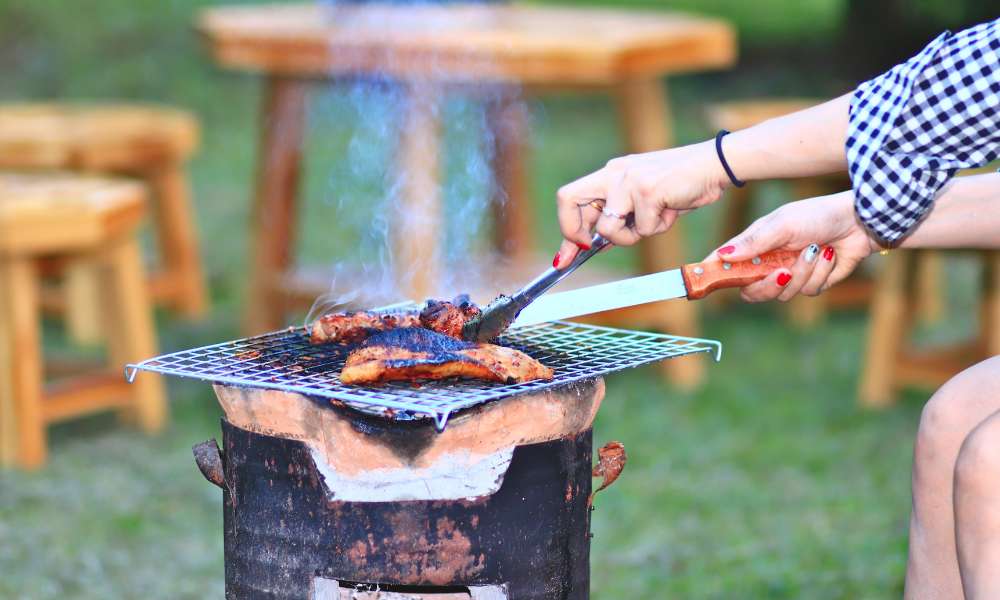Understanding how charcoal grills work is crucial for anyone looking to master the art of outdoor cooking. Charcoal grills operate by igniting coal, which then produces the necessary heat for cooking. This method is favored for its ability to impart a distinct smoky flavor to food, a benefit that many grill enthusiasts swear by. What’s important to note is the technique’s simplicity and effectiveness, allowing cooks to control the heat by adjusting the coal and air flow. Moreover, mastering the use of coal grills can elevate your cooking game, offering a hands-on approach that enhances flavors in a way that gas or electric grills simply cannot match.
What Is The Purpose Of Using Charcoal In A Grill?
The purpose of using charcoal in a grill is to provide a source of heat for cooking food. Charcoal is a type of fuel made from partially burned wood or other organic materials, which generates high temperatures when ignited. When placed in a grill, the coal burns and produces heat that cooks the food placed on top of it.
How Does A Charcoal Grill Work?
A charcoal grill operates by using coal briquettes or lump coal as its fuel source. The coal is ignited and burns, producing heat that cooks the food placed on the grill grate. Airflow is a key component in how a coal grill works, as it controls the intensity of the heat. Most coal grills have vents that can be adjusted to regulate airflow and temperature.
Components Of A Charcoal Grill
1. Main Body
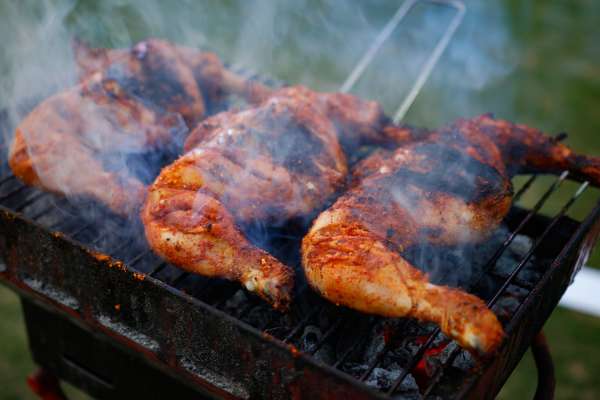
The main body of a charcoal grill is its foundational structure, housing all the essential components needed for grilling. It’s designed to withstand high temperatures and provide a safe container for the burning coal. The durability of the main body is crucial, as it directly influences the grill’s lifespan and performance. By understanding the role of the main body, users can ensure proper maintenance and use, leading to more effective and enjoyable grilling experiences.
2. Cooking Grates
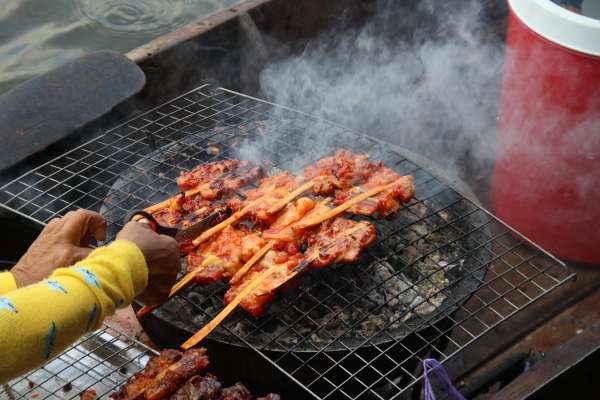
Cooking grates play a crucial role in the functionality of charcoal grills. These metal grids are designed to provide a stable surface for food to cook evenly over hot coals. The spacing between the bars allows flames and smoke to impart flavor while ensuring proper airflow for consistent heat distribution. It is essential to properly maintain cooking grates by regularly cleaning and oiling them to prevent rust and ensure longevity.
3. Charcoal Grate
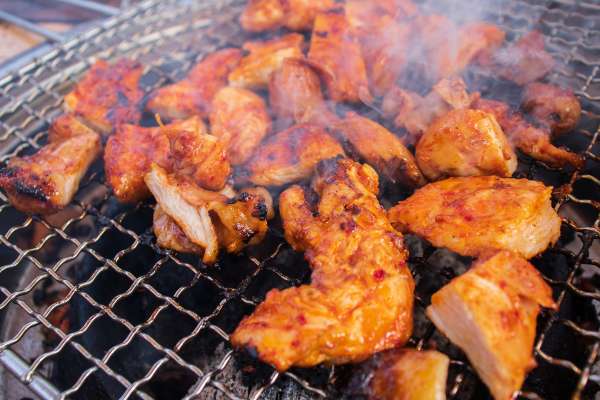
Positioned below the cooking grates, the coal grate holds the charcoal. It’s designed to allow sufficient airflow around the coal for an even burn and to keep the coal in place during cooking. The construction and placement of the coal grate are critical for efficient fuel consumption and temperature control, enabling grillers to achieve the perfect sear or slow cook as needed.
4. Ventilation System
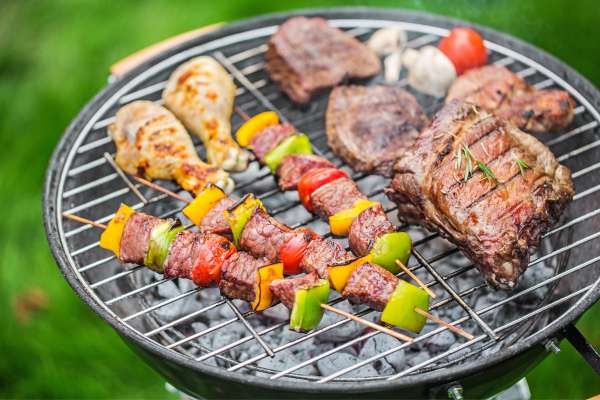
The ventilation system in a charcoal grill is essential for controlling the grill’s temperature. By adjusting the vents, grillers can regulate the amount of air entering and exiting the grill, which in turn affects how hot the coal burns. The lower vent, often called the intake vent, controls the oxygen supply to the coal, while the top vent, or exhaust vent, lets heat and smoke escape. Mastering the use of these vents allows for precise temperature control, ensuring perfectly grilled food every time.
5. Lid
The lid of a charcoal grill is not merely a cover but a critical component for controlling cooking temperature and smoke concentration around the food. Closing the lid can create an oven-like environment, perfect for cooking large cuts of meat through indirect heat. The lid also helps in retaining moisture within the grill, ensuring your food remains juicy and flavorful. Knowing when and how to use the lid can greatly enhance your grilling technique, allowing for a wider range of cooking possibilities.
Combustion Process
1. Heating Up Charcoal
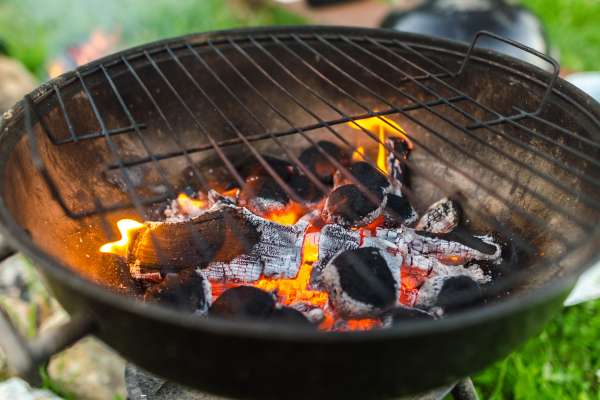
The journey begins with heating up charcoal. Lighting charcoal can be achieved through various means, including the use of lighter fluid, electric starters, or chimney starters. The goal is to ignite the coal uniformly, ensuring it begins to burn evenly. This initial phase is crucial, as it sets the stage for a consistent cooking temperature. Patience is key here; rushing the process can lead to uneven heating, which in turn affects the cooking quality.
2. Formation Of Embers
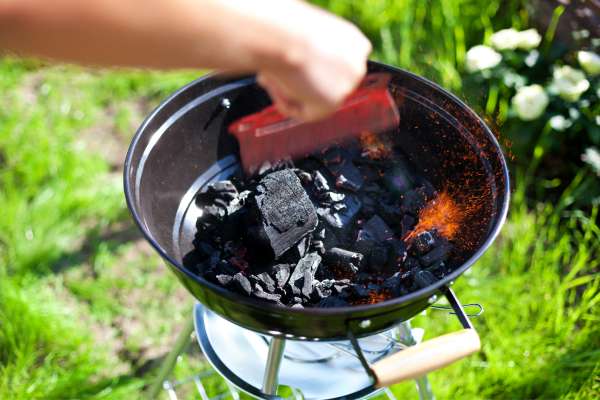
As the charcoal burns, it transitions from solid pieces to glowing embers. This stage is critical, as embers are the primary source of heat in coal grilling. The transformation to embers signifies that the coal is reaching optimal cooking temperatures. These glowing pieces of coal emit a steady heat, which is essential for grilling food evenly. The formation of embers is a clear indication that the grill is ready for cooking. Maintaining this ember state is crucial for the cooking process, as it ensures that the grill provides a consistent source of heat.
3. Heat Distribution Within The Grill
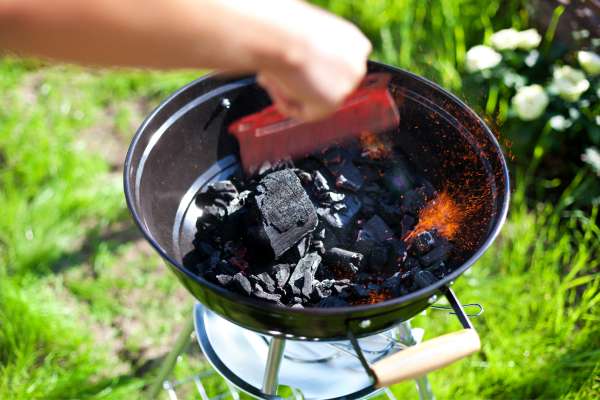
The heat distribution within a grill, especially in charcoal grills, is a crucial factor that influences the cooking outcome. The process starts with lighting up the coal and allowing it to reach its optimal temperature. As the coal burns and releases heat, it creates radiant energy that is absorbed by the grill grates. This energy is then transferred to the food through direct contact, resulting in those appetizing grill marks
Disposing Of Ashes Safely
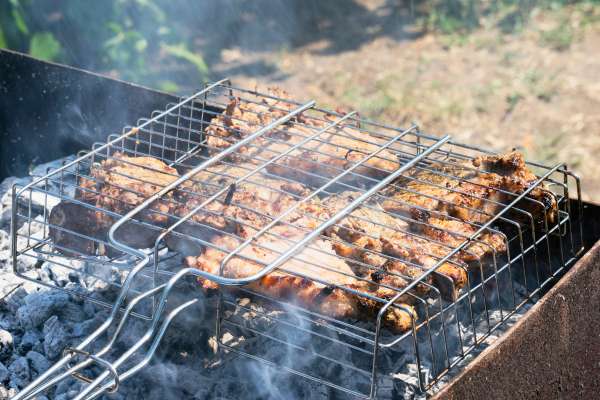
A crucial aspect of working with charcoal grills is the proper disposal of ashes post-grilling. Ashes, if not handled correctly, can be a safety hazard. After grilling, it’s important to let the ashes cool completely, which can take up to 48 hours. For safety, transferring the ashes to a metal container with a tight-fitting lid prevents any potential fire risk. This practice ensures that any lingering embers are fully extinguished and contained, reducing the risk of accidental fires. Proper ash disposal is not just a safety measure but also a respect for the environment, ensuring that remnants from your grilling experience do not harm the surrounding area.
Charcoal Production
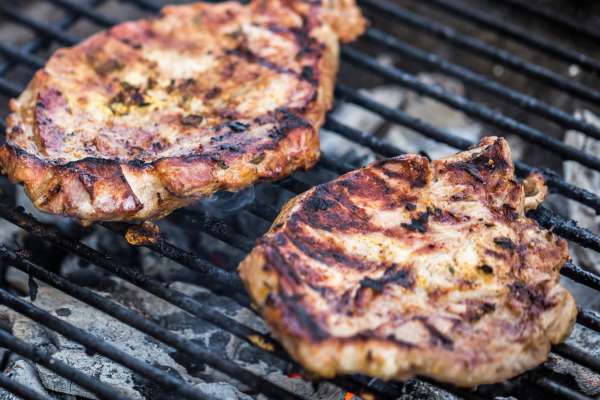
Charcoal production is a fascinating process that involves burning wood in the absence of oxygen to create coal. This method has been utilized for centuries as a source of fuel for cooking and heating. Charcoal grills work by igniting coal briquettes or lump charcoal, which then generate intense heat through combustion. The airflow controls on a charcoal grill allow users to regulate the temperature by adjusting the supply of oxygen to the burning coal, providing precise control over cooking temperatures.
Carbon Emissions
Reducing carbon emissions is a critical step towards combating climate change, and even small changes can make a significant impact. One innovative approach involves utilizing sustainable materials like bamboo or recycled steel to build outdoor barbecue grills. By choosing eco-friendly materials, we can not only reduce carbon emissions during the manufacturing process but also decrease the environmental footprint of our leisure activities.
Sustainability Considerations
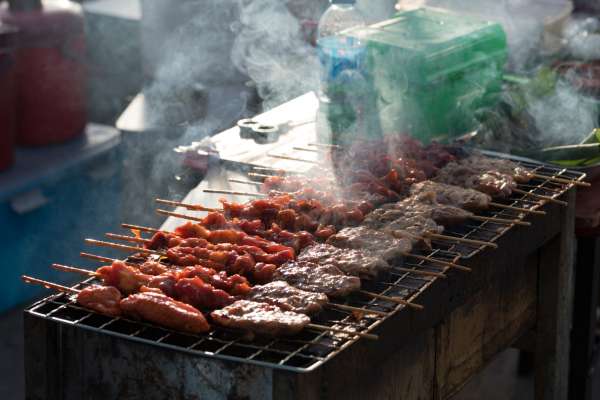
Sustainability is a growing concern in all areas of life, including grilling. When it comes to charcoal grilling, sustainability considerations include choosing eco-friendly charcoal, minimizing waste, and efficient grilling practices. Eco-friendly coal options, such as those made from coconut shells or sustainably managed forests, offer a way to enjoy grilling without depleting natural resources. Furthermore, efficient grilling techniques, such as using the right amount of coal and fully extinguishing coals, minimize waste and environmental impact. Adopting sustainable practices in coal grilling not only supports environmental health but also enhances the grilling experience by promoting a cleaner, greener approach to this cherished cooking method.
Healthy Grilling Recipes
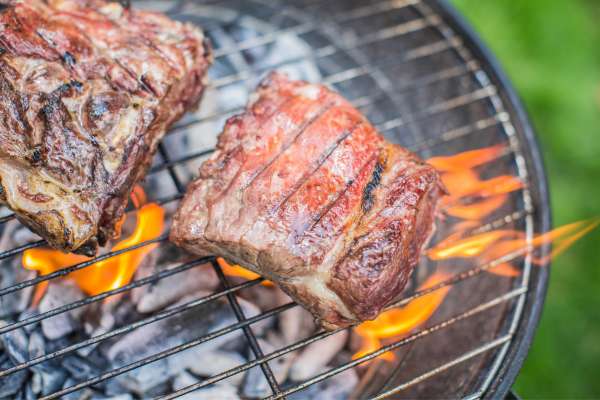
Charcoal grilling is not just about the flavor; it’s also an opportunity to explore healthy cooking methods. Grilling over charcoal can be a part of a balanced diet when incorporating recipes that emphasize lean meats, vegetables, and creative use of spices and marinades. Dishes such as grilled vegetables, marinated chicken breasts, or fish fillets not only showcase the smoky flavor imparted by coal but also maintain nutritional integrity. By choosing healthy recipes, grillers can enjoy the delicious outcomes of coal grilling while supporting their well-being. Incorporating a variety of foods and mindful cooking techniques ensures that the coal grilling experience is both enjoyable and healthful.
Popular Charcoal Grill Brands
1. Weber
Weber charcoal grills are a popular choice among outdoor cooking enthusiasts due to their simple yet effective design. These grills utilize the classic method of using charcoal briquettes as fuel, which provides a unique smoky flavor to the food being cooked. The design of a Weber grill features vents that allow for precise control of airflow, regulating the temperature inside the grill and ensuring even cooking.
2. Big Green Egg
The Big Green Egg stands out for its distinctive design and versatile cooking capabilities. This ceramic kamado-style grill excels in how it maintains temperature, making it ideal for everything from quick grilling to slow smoking. The thick ceramic walls provide excellent heat retention, and the grill’s design allows for precise temperature control, making it a favorite among those who take their grilling seriously. Whether you’re searing steaks or baking pizza, the Big Green Egg offers a unique approach to charcoal grilling that rewards experimentation and skill.
3. Kamado Joe
Kamado Joe grills, renowned for their innovative design and exceptional cooking capabilities, operate on a simple yet efficient charcoal-based system. Unlike traditional grills that rely solely on direct heat, Kamado Joe’s unique construction allows for precise temperature control and superior heat retention. The use of high-quality ceramic materials ensures even distribution of heat, making it ideal for slow-cooking meats or searing at high temperatures.
Handling Hot Surfaces With Care
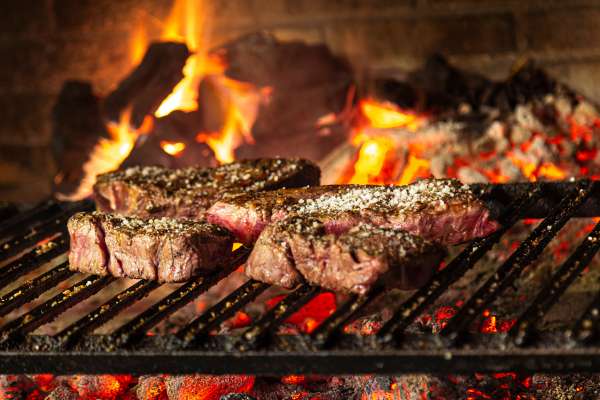
Handling hot surfaces with care is an essential skill to ensure safety while cooking on charcoal grills. Understanding the mechanics of how charcoal grills work can provide valuable insights into proper handling techniques. Charcoal grills utilize combustion of coal briquettes or lump charcoal to generate heat for cooking. The intense heat produced by these fuels can pose a risk of burns if not handled carefully.
Low-Carb Grilling Recipes
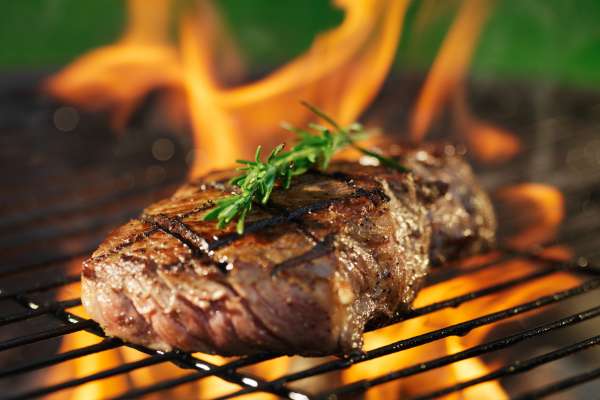
Grilling over charcoal offers a unique culinary experience that infuses food with a smoky, rich flavor that gas grills simply can’t replicate. The process of using coal involves burning wood or processed coal briquettes to create intense heat for cooking. As the coals burn, they emit infrared radiation which cooks the food evenly and imparts those desirable grill marks.
Shellfish Grilling Techniques
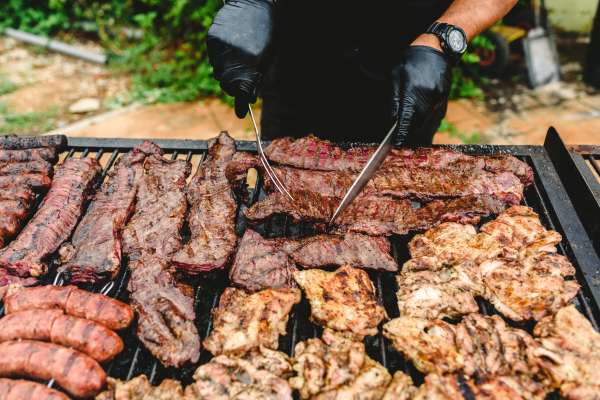
Shellfish and charcoal grills work together harmoniously to create dishes that are both succulent and imbued with a smoky depth. The key to perfect shellfish grilling lies in the technique and understanding how the direct heat from the charcoal can cook the shellfish evenly without overcooking. Techniques such as preheating the grill to the right temperature, using a grilling basket to prevent delicate shellfish from falling through the grates, and knowing when to turn the shellfish to get that perfect char, are all critical. The intense heat caramelizes the exterior while preserving the tender, moist interior, making grilled shellfish a delightful treat.
The Final Thought
Charcoal grills work by utilizing the combustion of charcoal to generate heat for cooking food. The process involves lighting the charcoal, allowing it to burn and produce high temperatures, which are then used to grill meats, vegetables, and other food items. The design of the grill allows for proper airflow control to regulate the temperature and ensure even cooking. Understanding how charcoal grills work can help individuals make informed decisions when selecting a grill for their outdoor cooking needs. Whether you are a seasoned griller or just starting out, mastering the art of using a coal grill can enhance your outdoor cooking experience and create delicious meals for family and friends.
